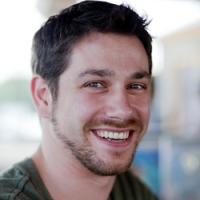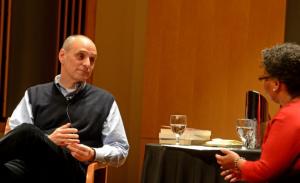TDPS explores the cross-cultural possibilities of "A Midsummer Night's Dream."
By Beth Cavanaugh, Terp Magazine
How would Shakespeare’s “A Midsummer Night’s Dream” sound if performed in two countries by a cast speaking two languages? Like a unique cultural exchange, say organizers in the School of Theatre, Dance, and Performance Studies.
Two dozen Maryland faculty and students are collaborating with peers at the National Academy of Chinese Theatre Arts to put on the play, first on campus in September, then in Beijing. They’ve been working out the challenges of a production with double sets and locations, along with the language barrier and 7,000-mile distance between participants.
“Splitting a production in two—it sounded impossible. We really had to sit down and figure out how you do it,” said theatre Professor Mitchell Hébert, who is co-directing the production with Yu Fan Lin in China.
Noted costume designer and Professor Helen Huang first shared the idea for a co-production while teaching a master class at the National Academy and quickly won the support of faculty there.
Emails, Skype meetings, translators and visits in both Beijing and College Park facilitated the process, and by February 2011, the group decided it could be done.
Maryland faculty and students will design and construct the costumes and set, and play the parts of the fairies and mechanicals. Their Chinese counterparts will build a duplicate set in Beijing and take on the roles of the court, lovers and supernatural characters. Shared responsibilities include directing and technical aspects, such as lighting.
All actors will perform in their native language. Audiences in both countries will read translations through supertitles.
Laree Lentz, a master of fine arts student who helped design the costumes, worked closely with the Beijing academy students to develop ideas that represented both cultures. “Through this process of two cultures coming together,” she says, “we realized that no matter how different we seemed to be, we are actually similar in so many ways."









